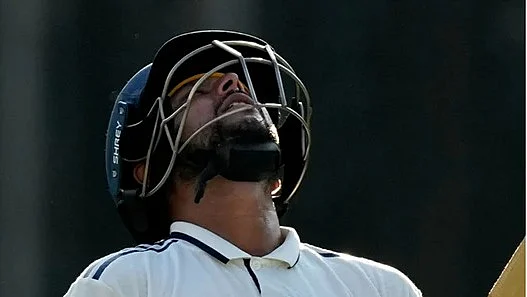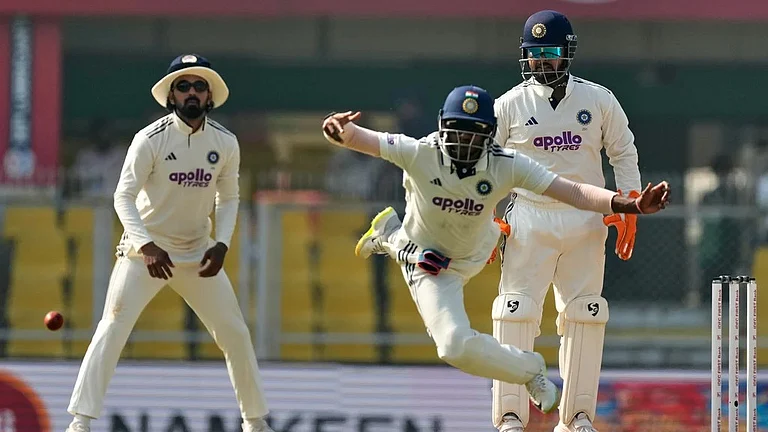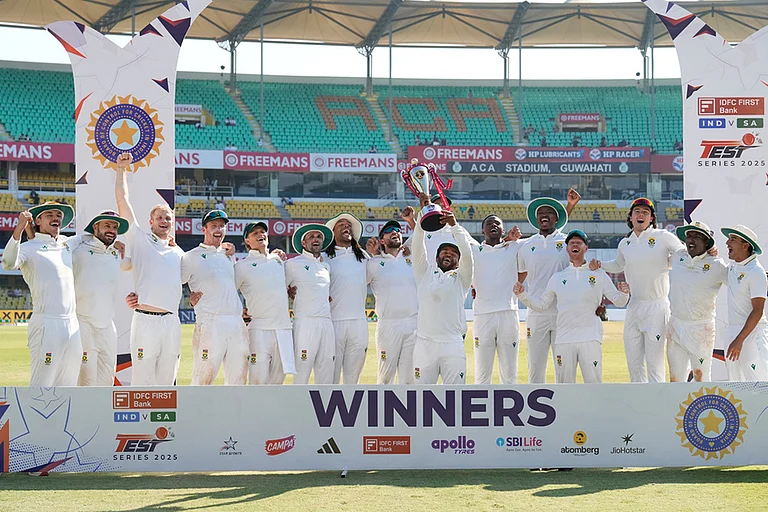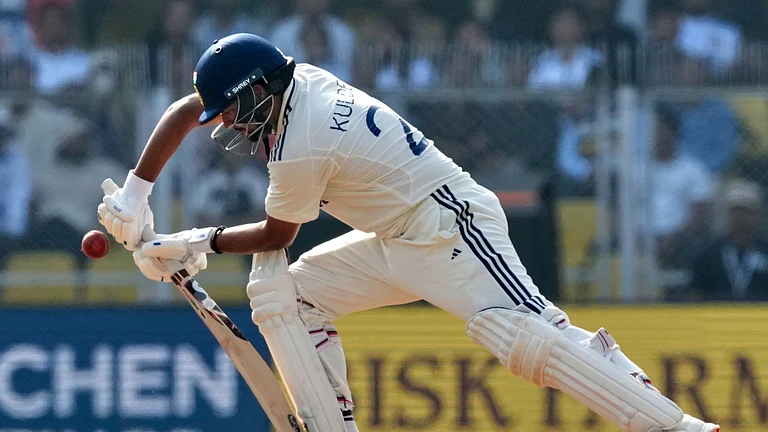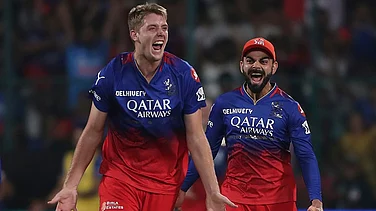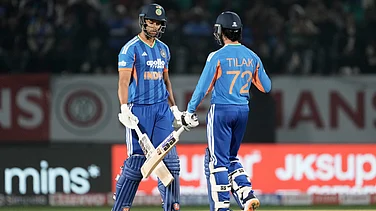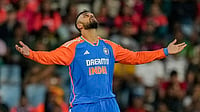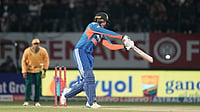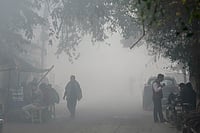
India must win the Guwahati Test to draw the two-match series against South Africa
India lost the series opener in Kolkata, a low-scoring affair, by 30 runs
South Africa posted 489 in the first innings; India need at least 289 to make the Proteas bat again
India's reply to South Africa's first innings total of 489 all out in the second Test at Barsapara Cricket Stadium, Guwahati, unravelled in a way that has left them staring at a scenario they hardly encounter at home: the danger of being asked to follow on.
To start with, a follow on in India is almost a cricketing taboo, a marker of complete submission. The last time India were asked to follow on was in 2010 in Nagpur, also by South Africa.
In that instance, the Proteas declared their first innings at 558/6, then dismissed India for 233. India eventually lost the match by an innings and six runs.
And, now the psychological weight of that history hangs over the dressing room led by Gautam Gambhir. India, without neck-sprained Shubman Gill, have elevated Rishabh Pant as the captain of the team in the final Test of the year.
Next year, there will be no home Test to worry about, for the record. So, the pitch won't be a concern!
India's Guwahati Collapse
From a fairly comfortable position, the Indian batting collapsed spectacularly, losing four wickets for 10 runs. According to ESPNCrinfo, this is the worst collapse for four wickets for India at home since 1984.
After a 65-run opening stand, India reached 95 for one wicket in 32 overs. Then a procession of wickets followed: Yashasvi Jaiswal (58) - 95/2 (32.2), Sai Sudharsan (15) - 96/3 (34.3), Dhruv Jurel (0) - 102/4 (35.3), and Rishabh Pant (7) - 105/5 (37.2).
India have since lost two more wickets, those of Nitish Kumar Reddy and Ravindra Jadeja. And they were 174/7 in 67 overs at Lunch on Day 3. With Washington Sundar and Kuldeep Yadav trying to stitch together a defiant stand for the ninth wicket (unbroken 52 in 141), India's immediate task is survival.
Yet the larger narrative is already clear and out in the open, that the Proteas have forced India into a corner where the spectre of a follow on looms -- a rare and dangerous possibility that exposes India's batting woes, which can be directly linked to the team selection dynamics and other tactical inefficiencies.
India's Home Woes
It will not be an understatement to claim that India are now grown used to batting collapses. They suffered a home series whitewash against New Zealand last year. A brief respite from a series against the West Indies, followed by a horror show in Kolkata, meant they lost the series opener against the ICC World Test Championship holders.
In Guwahati, they are trying to save the series. But before that, their immediate task would be to reduce the first innings deficit, or at least reach 289, to make the Proteas bat again.
India indeed have built their reputation on batting prowess, especially at home, where the turning tracks favour their spinners and allow batters to dictate terms. That prospect is now a far cry.
To be pushed into the possibility of a follow on is a stark reminder of how comprehensively the visitors have dominated this series, and how poorly India have prepared.






